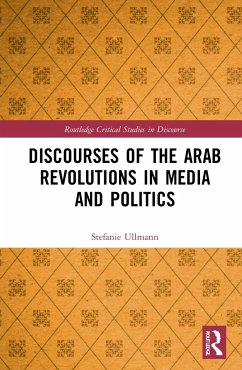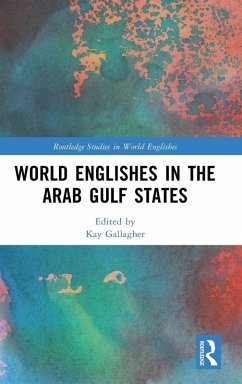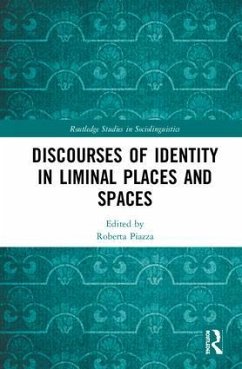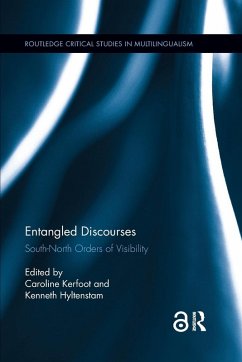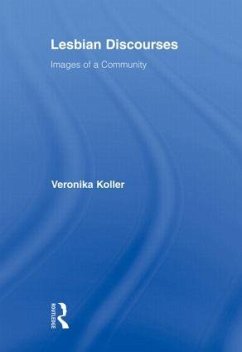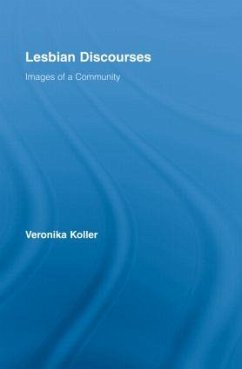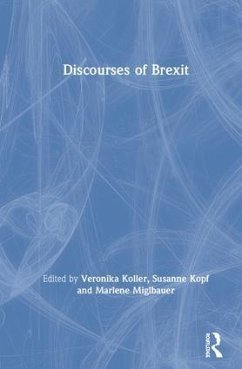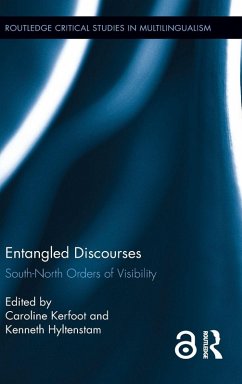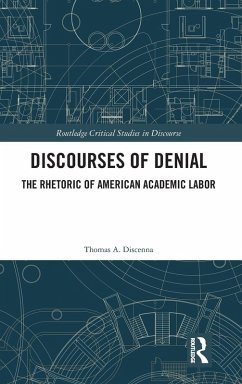
Discourses of the Arab Revolutions in Media and Politics
Versandkostenfrei!
Versandfertig in 1-2 Wochen
56,99 €
inkl. MwSt.
Weitere Ausgaben:

PAYBACK Punkte
28 °P sammeln!
Drawing on approaches from Critical Discourse Analysis, corpus linguistics, and cognitive linguistics, this book critically examines metaphorical language used in global media coverage and political statements on the events of the Arab Spring.





